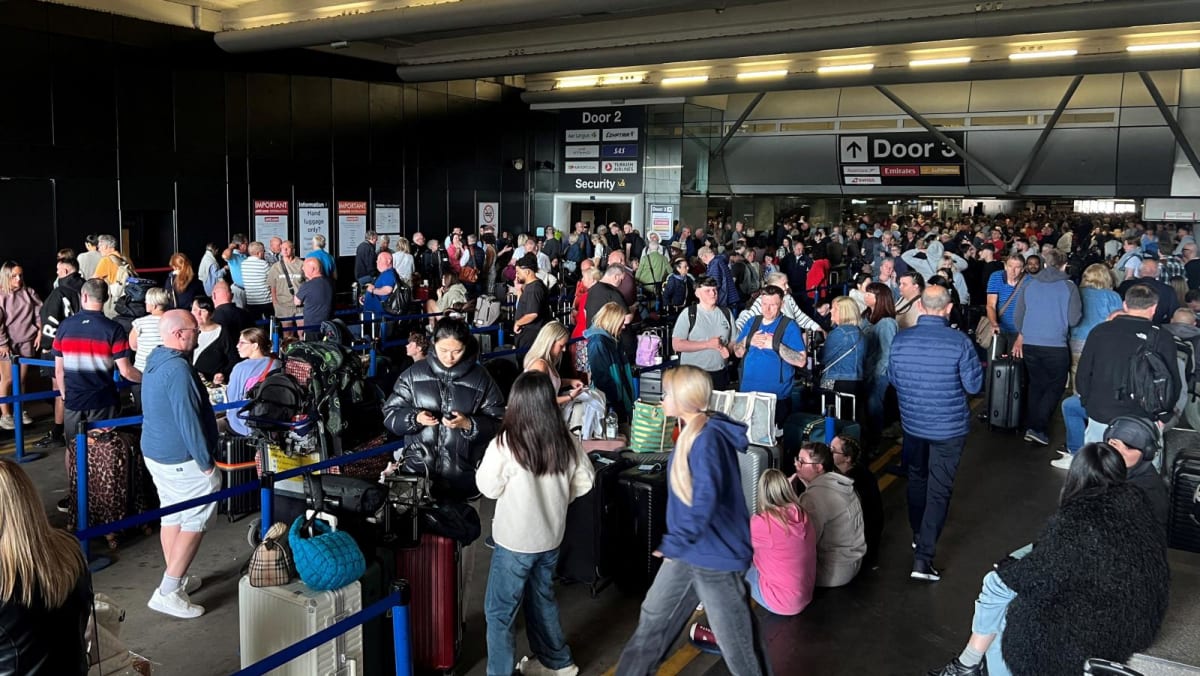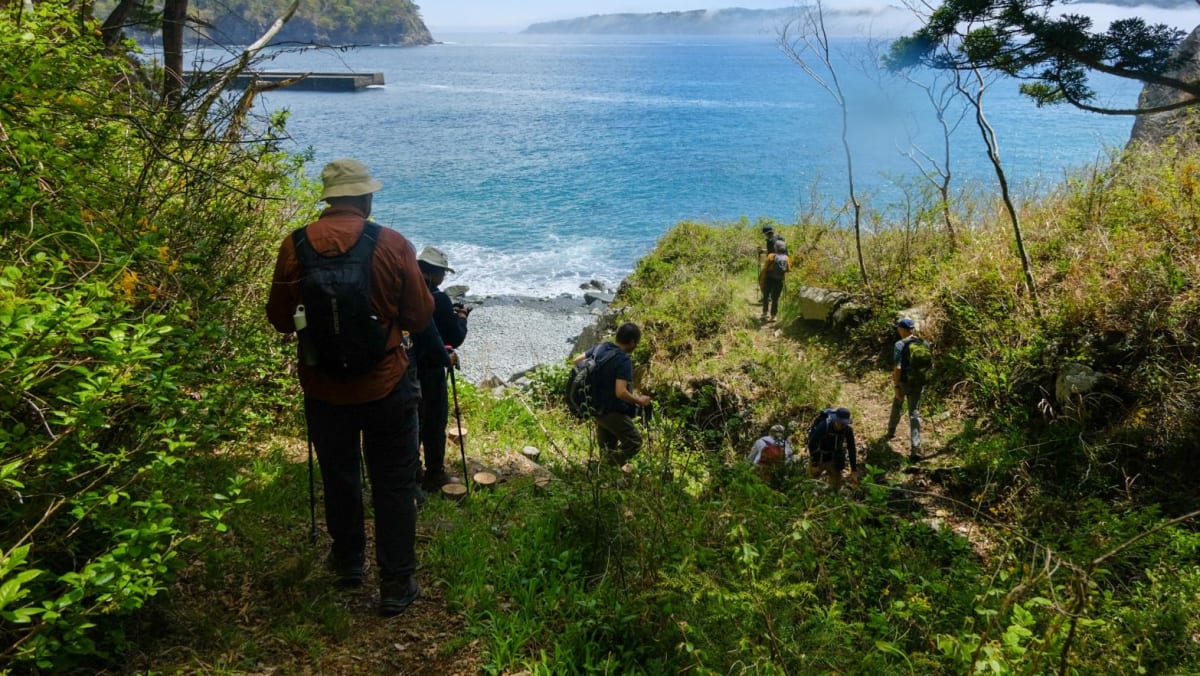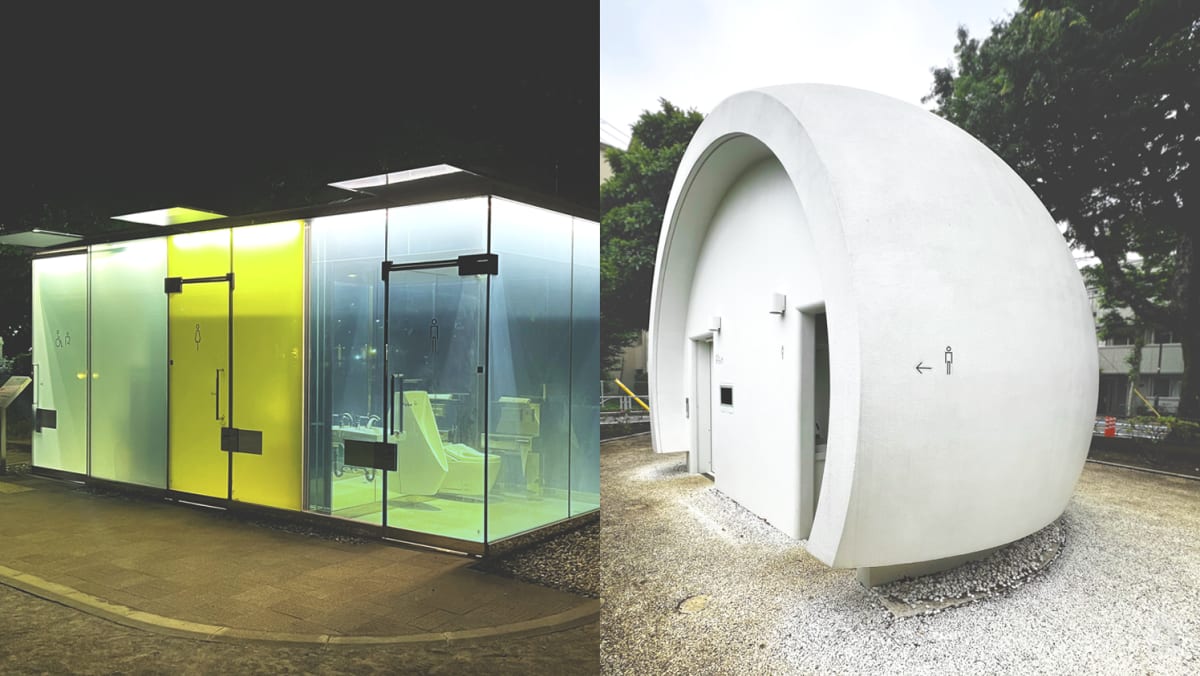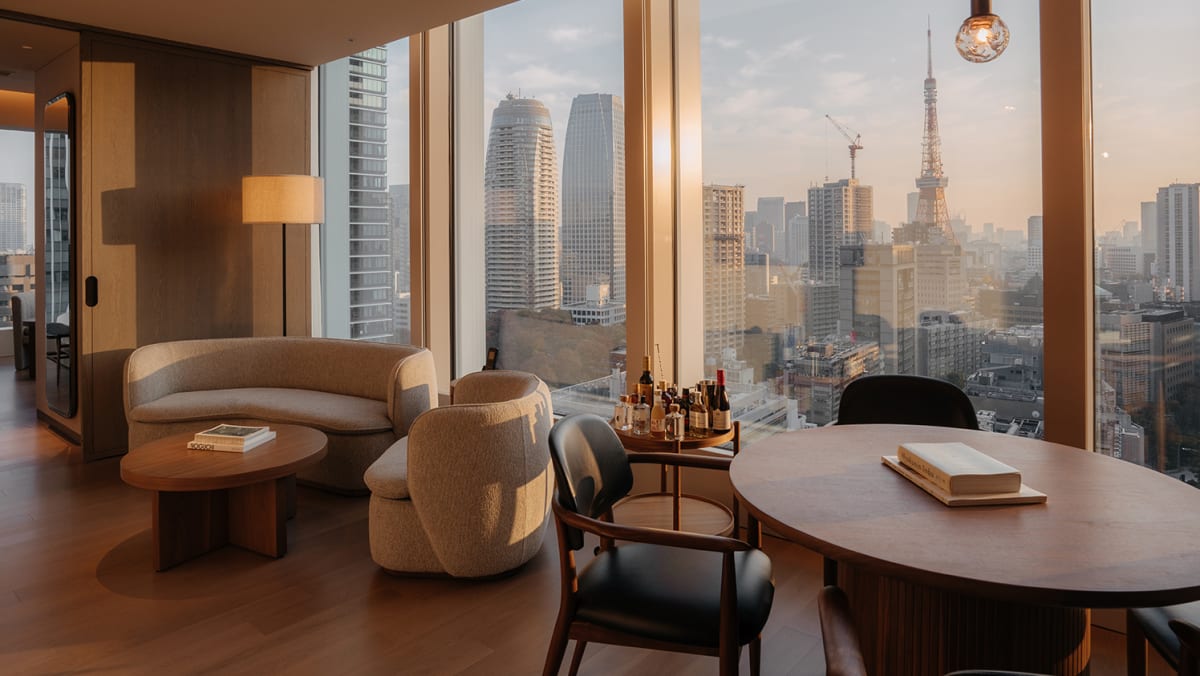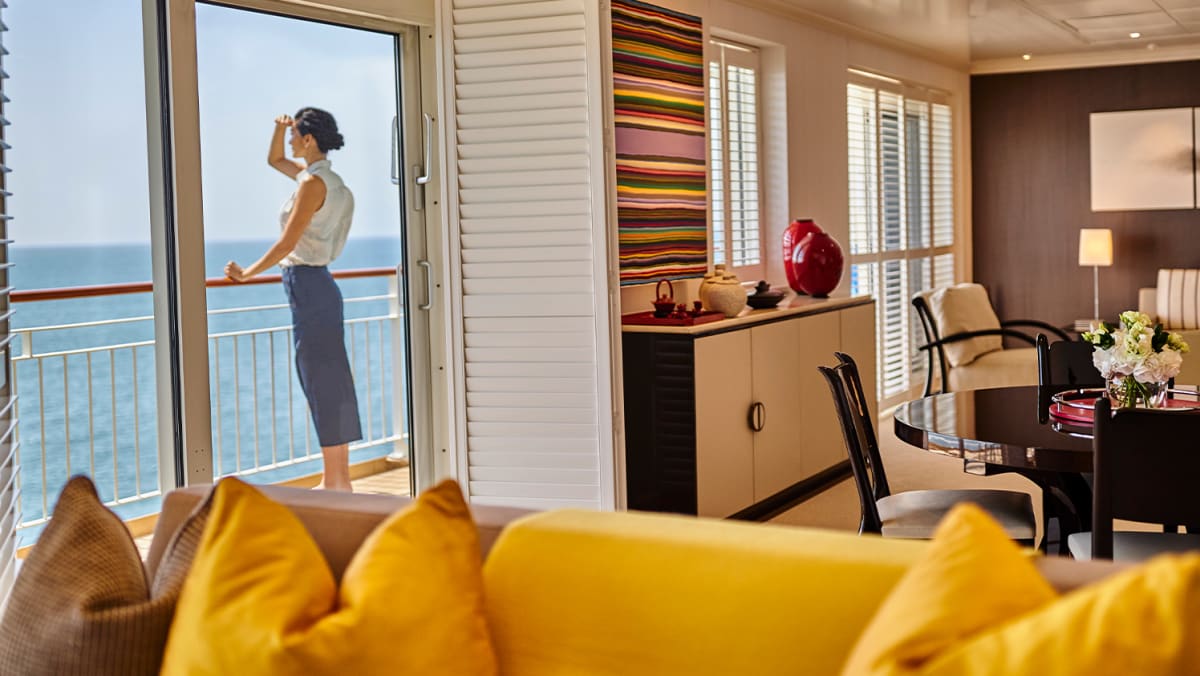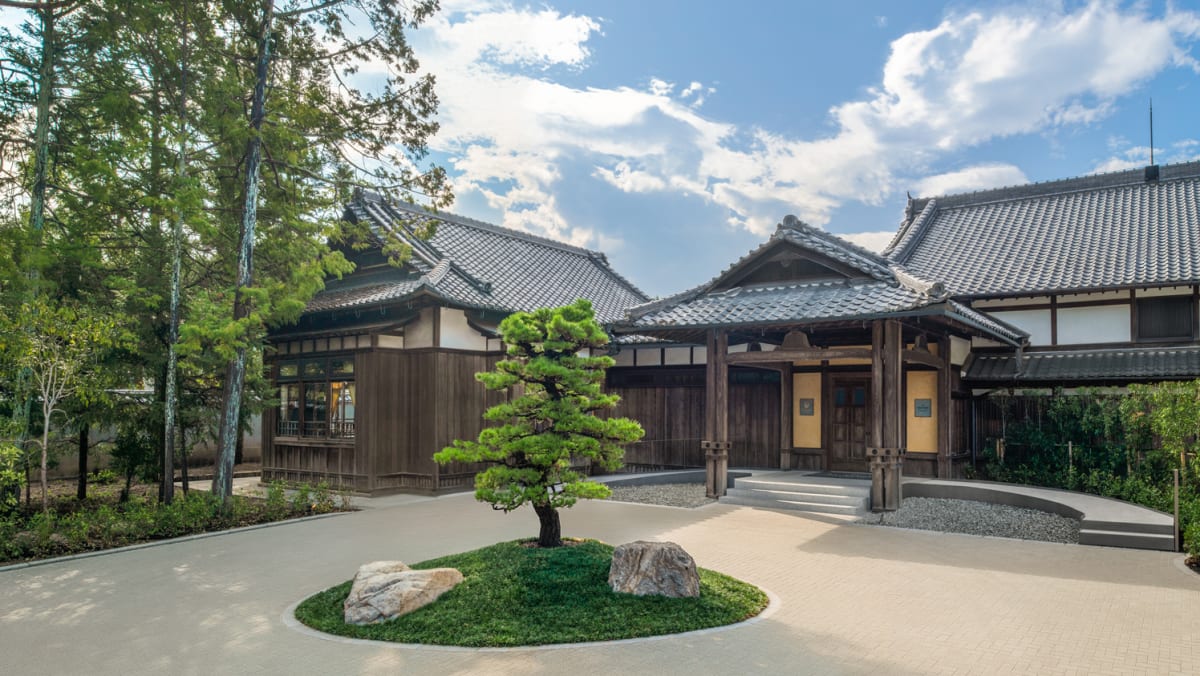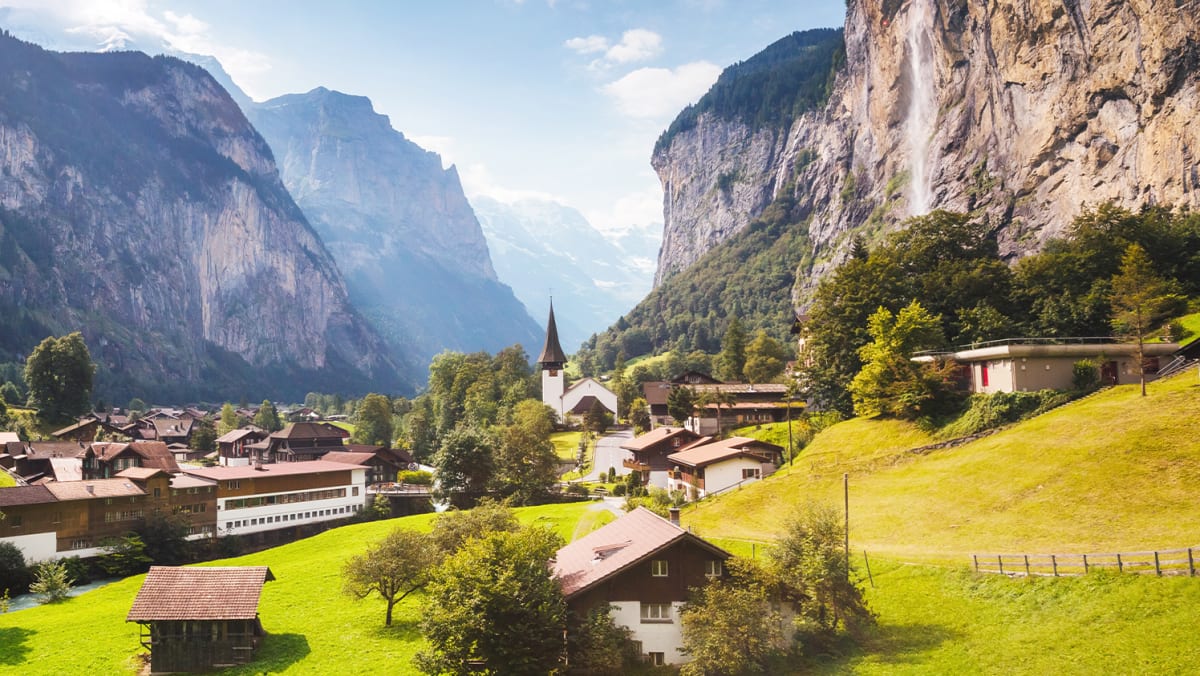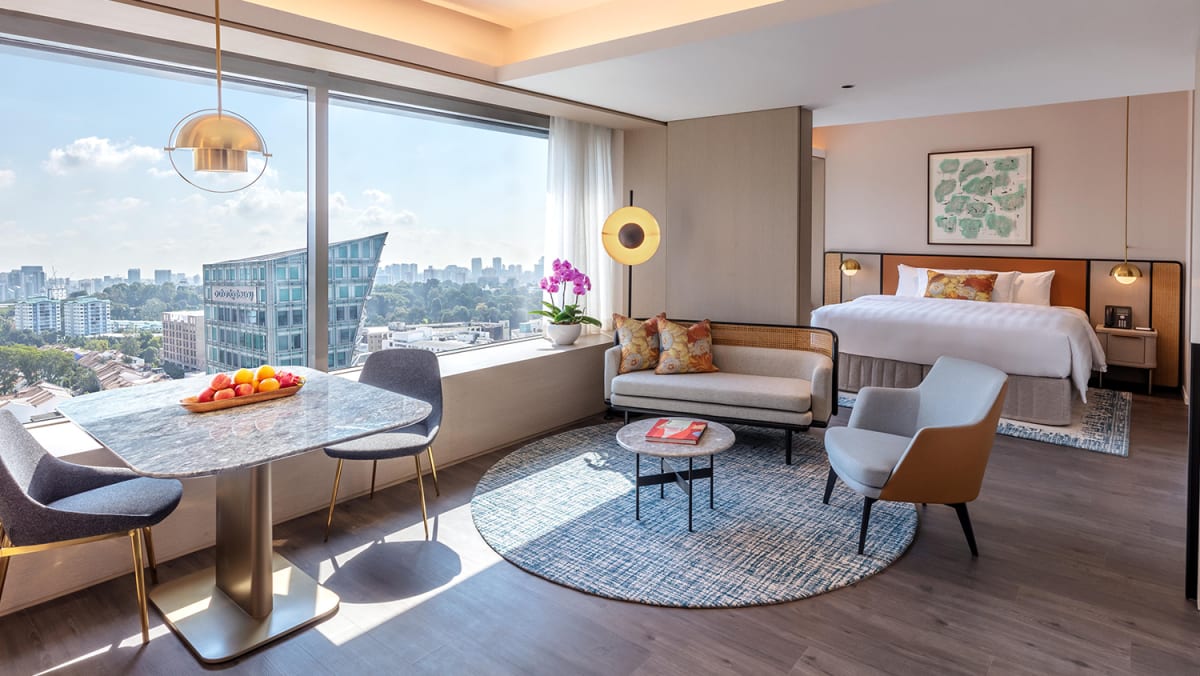That morning, we visited the Tsunami Memorial Park Nakanohama, home to a former campsite with the battered remains of a kitchen and lavatory. Our hike took us to Jodogahama Beach, which featured white sandstone cliffs and calm bays. The payoff was worth it, as we luxuriated in the spacious rooms and onsens of Jodogahama Park Hotel.
As we left the remote rocky coastline of northern Tohoku for Miyako city, the landscape changed to scenic inlets and calm bays.
One of the worst-hit cities, large parts of Miyako have been newly rebuilt. Here, we walked our final stretch: The Hama Kaido, an ancient trail from the Edo period that was originally the main thoroughfare between the coast and Sendai, Tohoku’s principal city. Once used to transport products such as salt, iron and seafood, it became a makeshift path by tsunami rescue workers when roads proved impassable.
Our final day saw us visiting Funio Sakamoto, one of the few kesen-daiku carpenters known for building Japan’s intricate temples and shrines, including the grand Meiji Jingu shrine in Tokyo. We admired his handiwork as we walked through another stretch of the Hama-kaido, where torii shrine gates lined an atmospheric narrow gorge with waterfalls.
